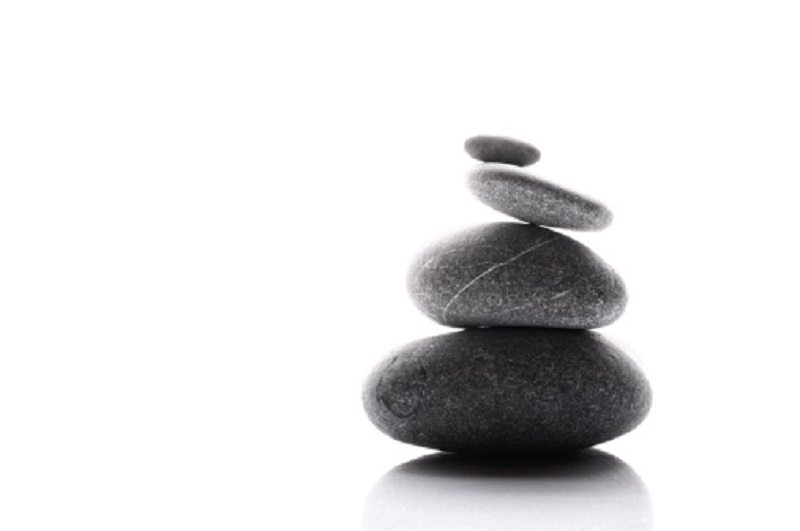Wellness and Investing in Ourselves: How They Impact Our Human Capital

Recently, there has been significant growth and awareness of work well-being, or wellness programs. These programs include digital platforms and apps, on-site fitness centers, mindfulness/stress reduction tools, healthy snacks and standing desks. In addition to promoting healthfulness, how do wellness programs impact our human capital?
What is human capital? While most people think of capital as cash, machinery or a tangible object, there is capital that can be attributed to a human being. This capital is known by economists as “human capital.” Human capital is based on the premise that investment in attributes such as education, job skills and personal health and wellness, will have value over one’s lifetime to employers and to society as a whole. The amount of this value is known as the return on human capital. How is this return measured? Most studies have focused on an individual’s earnings as a function of their amount of education. Despite differing results, there has been general agreement that investment in human capital (primarily measured by education), can increase earnings, as well as lower crime and poverty rates.
Additionally, human capital can also impact the length and quality of a person’s retirement years. Morningstar, a well-known investment research firm, has factored human capital into its investor lifetime asset allocation model.1 According to Morningstar, a person owns two kinds of assets: (a) financial capital (stocks, bonds, cash, etc.) and (b) human capital, which includes wellness, and yields an income stream over one’s lifetime. In Morningstar’s model, a person allocates their resources over his or her lifetime between financial capital and human capital. A younger person will tend to have a greater portion of human capital while a person at or near retirement will generally have a greater degree of financial capital as his or her human capital naturally diminishes. However, regardless of age, wellness can increase human capital. Wellness can also have benefits from a retirement standpoint: greater work productivity can add to one’s financial wealth (i.e. his or her savings pension and 401(k)); and it can enhance his or her “return to human capital” horizon, resulting in greater earning power in later years, including after retirement.
In summary, many factors impact retirement, including age, health, tax bracket and wellness. Human capital, unlike machines, is not a static investment. Human capital can depreciate but can also be enhanced over a person’s lifetime through education, skills and investment in wellness, including at home and in the workplace. While people ultimately accumulate their own human capital, corporate and social programs can also impact its quality, quantity and return.
- “Understanding Human Capital”, Morningstar paper, 2012.
NOTE: Information presented herein is for discussion and illustrative purposes only and is not a recommendation or an offer or solicitation to buy or sell any securities. Past performance is not a guarantee of future results.
About Frederic Slade
Fred Slade has over 25 years of experience in the investment management and retirement services industries. He is AVP-Senior Director, Investments for Pentegra Retirement Services, a leading provider of retirement services to financial institutions and organizations nationwide, founded by the Federal Home Loan Bank System in 1943. Mr. Slade manages over $1 billion in internal bond portfolios and provides analytics and strategy for Pentegra’s Defined Benefit and Defined Contribution Plans. Mr. Slade holds a Ph.D. in Economics from University of Pennsylvania and a CFA, and has presented at a number of seminars and conferences.